Virtual Tour of 360 Cities
By Gabby Lembo
Summary:
After looking and taking the online a virtual tour on Stock 360 I am completely impressed and surprised I never heard about it sooner. The website had 3D pictures of places,cities, beaches, and basically any place you can think of on this website. Not only did they have so many insane places that people dream to once see in real life, but the experience of being able too click around and see it in 3D made it so much different and more realistic. When you click on the places, it offers a video/picture that you can click around and get a idea of what it looks like in real time.
My Thoughts/Opinons:
As someone who dreams of traveling the world and seeing all different places this website was extremely cool to research and explore! A lot of these places on this website are on my bucket list, and I want to visit at least once in my life. Getting to do a 3D tour was the closest I can get to visiting it at this point in my life. I have always wanted to go to Italy, because I am Italian. Going to see Florence and Rome and try home made gelato and pasta is something I have always wanted to do! Not only does it give the experience of getting to see it in real life but it can also help people plan future vacations. There is so many different places around the world and some of these places I have never heard of. This website is not only extremely unique but it is also extremely educational. I highly recommend this to anyone just to take a look!
Below are some images of what the website looks like/ offers:

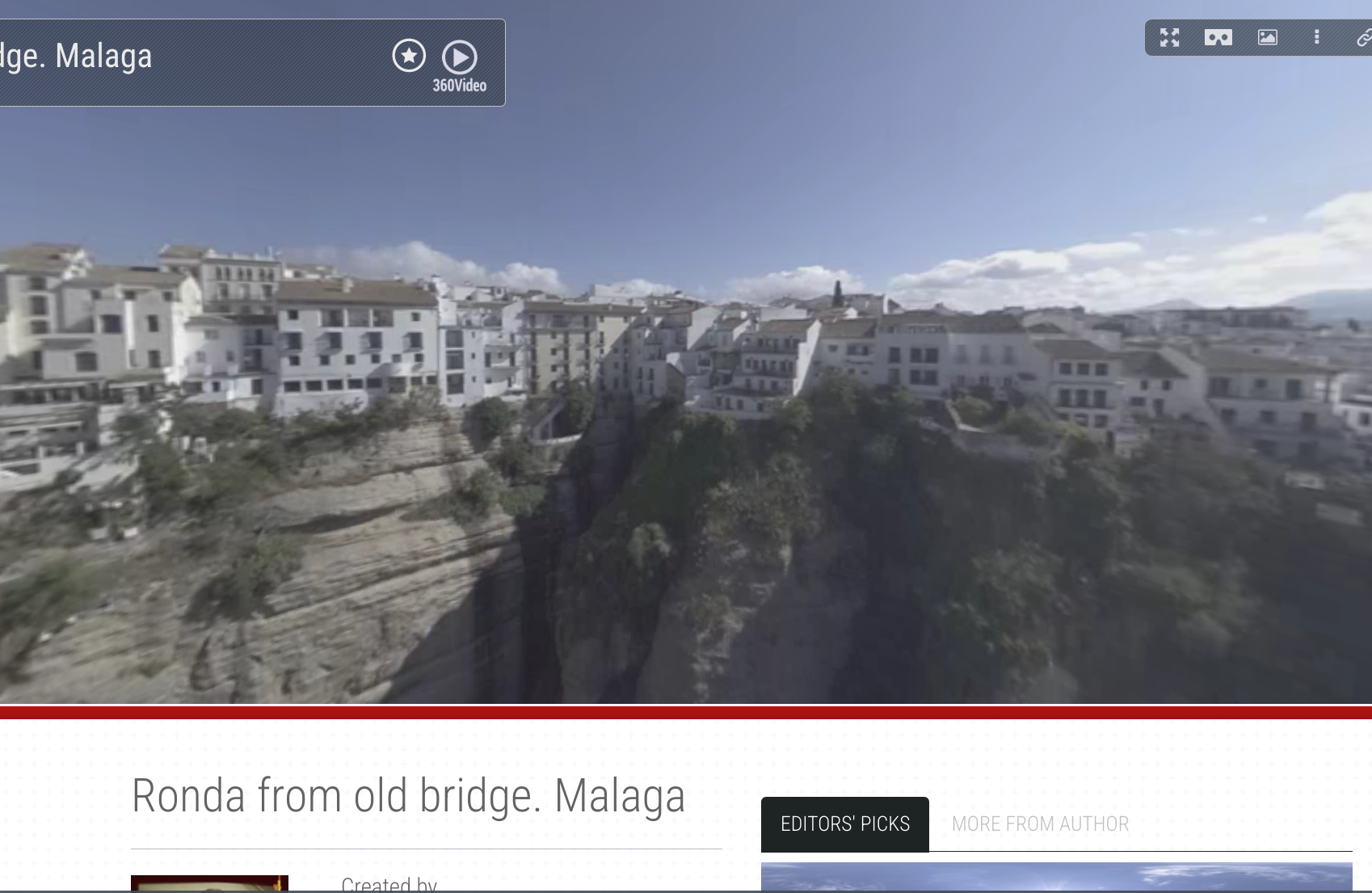
Lets Collaborate and Communicate!
By Gabriella Lembo
Background Information:
After reading the Communicators chapter in the book “Introduction to Sail the 7 C’s” by Microsoft Education, it allows you to deeper think about you collaborate and communicate with others in work, classrooms, and everyday life.
Communicating in the classroom:
Teaching isn’t just about lecturing slideshows, but building a strong connection with your students should be the bare minimum especially in small class sizes. I have had teachers where I was so close with that I would sit in their classroom outside of my class talking to them. This is because they made the effort to connect and build a relationship with their students.I would go to some teachers to rant, update, or even for advice. Teachers shouldn’t just be about teaching but also taking on the role of being a trusted and friendly adult. We have all had teachers we have disliked, whether it be because of the workload, their personality, or how they graded. Having a relationship like this and dreading the class can make you dislike the class or topic you’re learning. For example, math has always been my worst subject. It takes me awhile to catch on and also be able to understand it. I have had plenty of teachers throughout middle school and high school where the way they taught never made me understand what we were learning. It made me hate math even more that I felt uncomfortable reaching out to them to ask for help or that I was struggling. I have also had good math teachers where they taught to my needs and also made it clear they were here for me and anyone else. Communicating to your students clear instruction and also making an effort for them can be extremely beneficial in their learning experience. This chapter empathizes that communication is the backbone in education.
Communicating with your classmates:
Communicating with your classmates is a really big part of going to school. School has made me have a lot of the people I call my best friends. It all started in classes we had together where we began talking about the work and realizing we had a lot in common. One of my best friends, Alivia, I met junior year of high school because we had 3 classes together is now one of my college room mates. Communicating with your peers can simply just collaborate ideas, opinions, and working together on classwork and projects. I like working together with others because it allows me to see other perspectives and ideas that I would not have thought of myself. It also helps with the workload, you can evenly distribute the work and work on the areas you excel the best at.

” The art of communication is the language of leadership.” – James Humes
Videos:
Check these videos I found about communicating in classrooms and also miscommunication
How to use communication in classroom: https://www.youtube.com/watch?v=hzWyjlg4kNs
How miscommunication happens and how to avoid it: https://www.youtube.com/watch?v=gCfzeONu3Mo
National Geographic Classroom and How to Use it!
By Gabriella Lembo
What is National Geographic?
National Geographic is a company that is on many streaming services and cable for you to watch. Not only are there videos beautifully captured with high tech camera, editing, and voice overs to learn more about the environment that we can’t see! It shows in depth footage of animals that are “dangerous” for humans to get a better understanding of like lions, cheetahs, polar bears, etc. National geographic provides not only videos but also articles and factual evidence to prove issues like climate change and other environmental issues.
Benefits of National Geographic:
- Learning deeper into planets biodiversity
- Practicing conservation
- Challenges the environment faces
- Motivating clips
- Taking action
- Learning more about different parts of the world
- Documentaries
- Diverse cultures
- Scientific discoveries
- Complex topics
How teachers can use National Geographic:
National geographic is great for informing people inside and out side the classroom. Because the documentaries are so interesting it doesn’t feel like learning! This program offers a lot of interactive learning and critical thinking. Teachers can base a lesson plan on National Geographic during units like the planet, climate, animals, and environmental issues.
What it offers:
The website holds tons of informative features to further expand your knowledge.It offers donations, links, websites, and other people who are interested in changing the world. The website has a whole area where you can meet and know more about the people who do the exploring. They have a section on their website, ” Experiential Learning”, where they have virtual field trips, and interactive lives. This includes behind the scenes footage and stories and also stories from researchers.
There is tons of lengthy videos and information for free!
The virtual tours are all over the world. They have tours of the ocean, solar system, Native Americans, and history.
The lives provide a option for students to ask questions in real time and have the opportunity to talk to the researchers. This is a unique and creative learning experience!
Below are some images I have collected to show more about National Geographic:
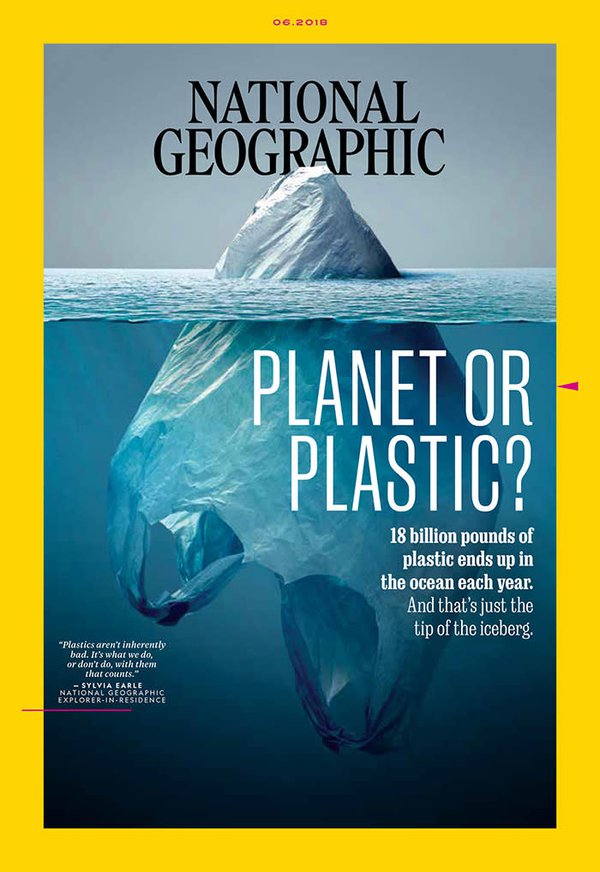


Overall thoughts:
After researching and exploring National Geographic website further I can see how effective their website can be for learners. They are very well known for their documentaries and photos but I don’t think people realize how many resources they provide on their website. They provide endless websites, lives, and videos. I can see this being beneficial for people who have interest in the environment or being used in science classes. It is a interesting and a easy way to learn! Watching videos is something I enjoy more than reading out of a textbook. I am sharing this so others can know more about the resources National Geographic has to offer. Get more involved and learn more about our planet!
Collaboration in Education
By Gabriella Lembo
What is collaboration?
Collaboration is coming together with one person ( or many) to express opinions, elaborate, and combine ideas.
People use collaboration in their everyday life’s. In my opinion, some things are easier when you have someone to assist you and navigate in helping you. Collaboration can be anything from helping you in a group project to even someone helping you with in groceries. As humans, we work together to help each other out. Along the way a simple gesture can lead a friendship.
In my education experience, I have enjoyed collaborating with others for projects, home works, and assignments when allowed. Dividing up certain tasks/ jobs makes the assignment more enjoyable as well has having company around you. I have created a lot of friendships and even have talked to people I would have never talked to before when teachers assigned partners. Although this seems comfortable or awkward, it actually isn’t.
On the other hand…
However, as much as collaboration is extremely beneficial, there CAN be negative aspects. I have had a couple experiences where I have gotten stuck doing a lot more work and picking up others slack. This can be extremely frustrating when in a work environment because working together is suppose to make it less detrimental! This can happen sometimes, so people chose to work with people that have the same work ethic as them. I enjoy working with others when I feel like we have a lot of different ideas to explore and bounce off of each other. There have been a couple of times where I can even improve work with others rather than by myself. I have noticed that I can create really good projects and presentations when I am surrounded with others that can expand my thinking process. I think teachers should use collaboration in classrooms more often and even try pairing students up with others they think would work well together!
Collaborating in other ways:
Collaborating can in all different kinds of ways. Putting students in centers, groups, and taking them out of their comfort zone.
Below is a picture I found on X from TCEA , it shows creative ways to get the students the students involved.
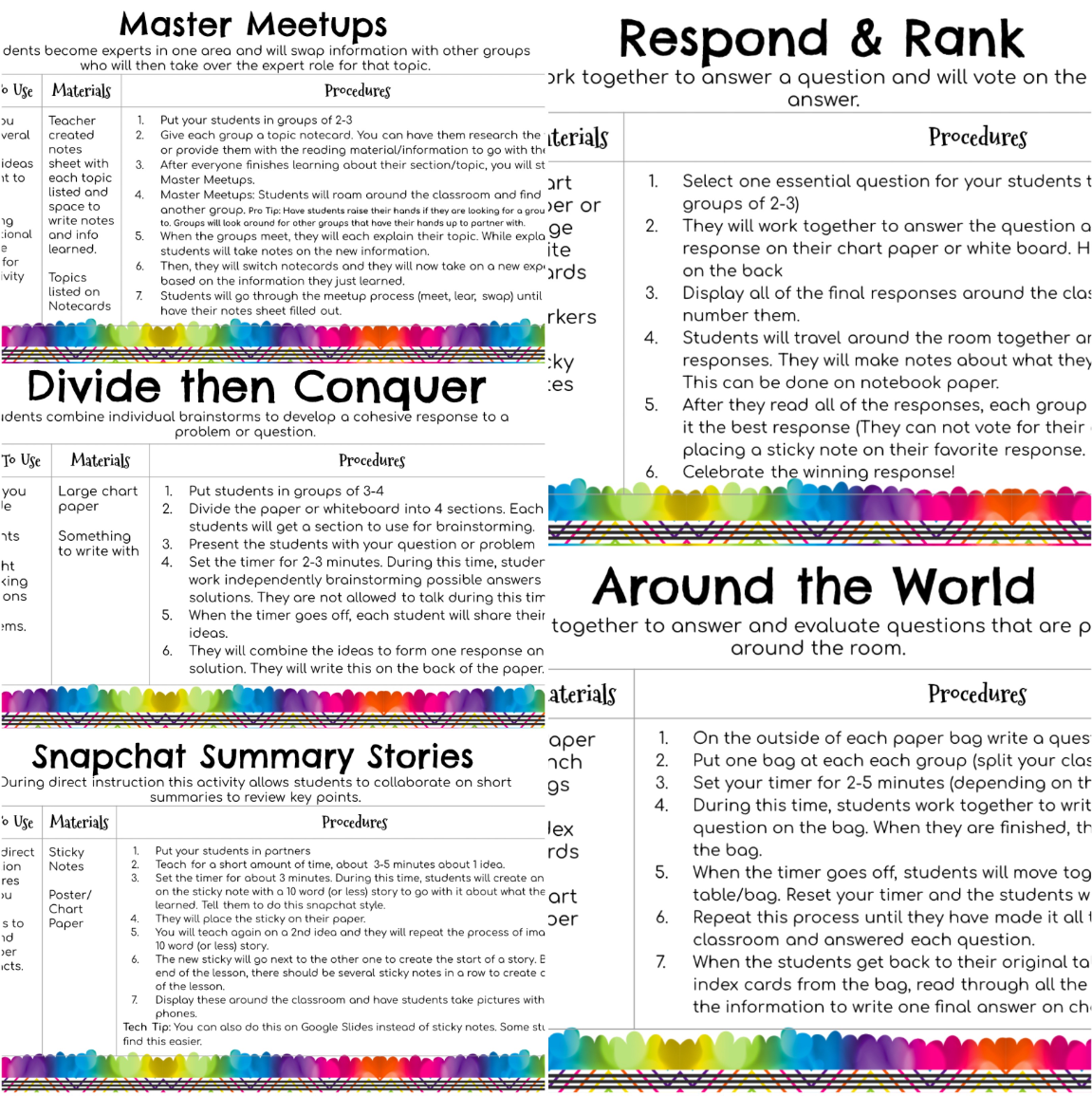

Elementary Education AI Dicussion
By Gabriella Lembo
Introduction to Article:
Getting Started:
When working in an elementary-level environment it is important to explain what the concept of this lesson will be. Being aware that you need to explain everything to a child is important to keep in mind. Explaining what Artificial intelligence is to a younger student will be the start. Although most people are aware of what AI is, you must explain it to all students to have a basic understanding. This article gives you advice on how to introduce this to the students. You can make connections to how they use AI without knowing it. This can be objects like …
- Alexa
- Google Assistant
- Netflix
- Spotify
This can make it easier for the students to make the connection.
Video Comprehension:
To further make sure of understanding for students the article suggests using videos like
“ What is artificial intelligence”. If the teacher is having a hard time explaining AI in a way a child in the grade level of 3-5 will understand, then the video is a fun and easy way to ensure comprehension. I’ve seen this technique used a lot throughout my years at school from elementary level to even high school level.
You can explain that AI can be used as a “Google” kind of resource. It is there to help you, you can research subjects and also ask questions about math, reading, science, etc. Having these students be aware that AI is an additional way to improve understanding of a topic rather than using it to cheat is very important. You can demonstrate how to properly use AI to its full extent and all features.
Definition:
“ AI is the science and engineering of creating computer programs that can imitate human intelligence. AI cannot become human, but it can perform tasks in a human-like way”( Page 15).
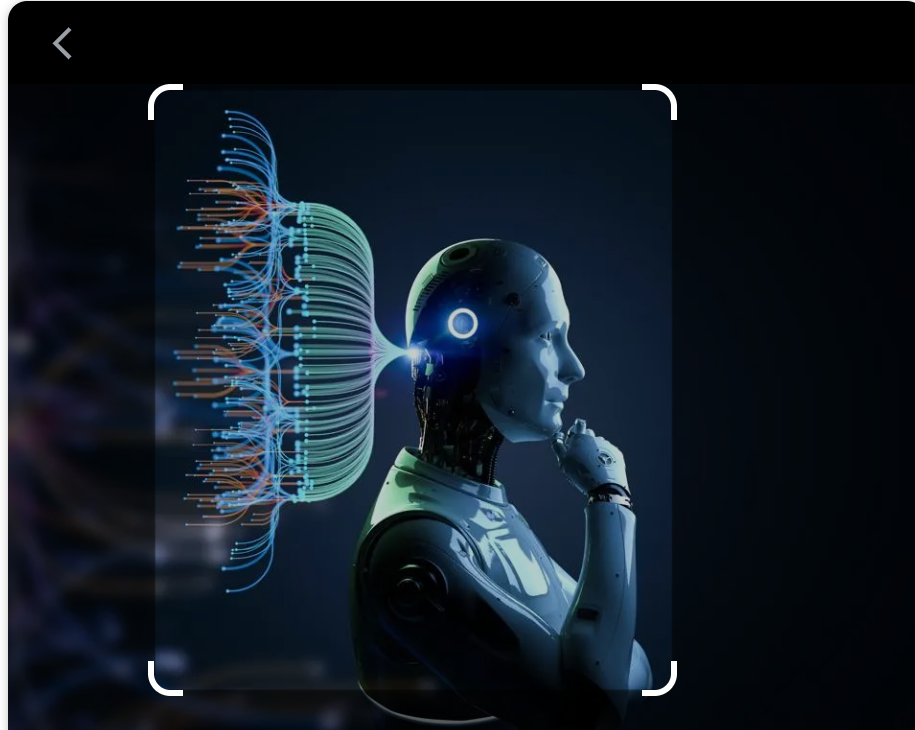
This image shows a representation of AI
Ending It off…
I personally think having class discussions is a great way to see where all students fall in understanding the topic. It is not just a lecture but rather everybody can contribute different opinions, ideas, and work off of each other. This teaches students how to participate in a group discussion and understand the material being presented. Having a class discussion on how they already use AI will be a less “intense” way of introducing the subject with simple understanding. I think with a topic like this a group discussion is the best way to start off!
Changemakers!
I explored the WE virtual learning center. I was surprised with how much information there was and how easily accessible all of the resources were.
First, I chose to go into the Education and Innovation section. I then visited the STEM subsection. There, I watched the virtual service learning through STEM. This was a recording of a lesson that was previously held online. 2 educators/ experts hosted the lesson. They encouraged viewers to participate and engage in the lesson. They explained what STEM learning is, the importance of it, and campaigns in action. They also mentioned how WE is encouraging this innovation by providing a grant that a student could be fortunate enough to receive. Past receivers of the grant also showcased what they did with the grant once they received it.
There are several different sections that all include multiple subsections. All of which that have video lessons and resources. The WE page can be super beneficial and really give a kickstart to students becoming engaged in pursuing grants and opportunities to make a change.
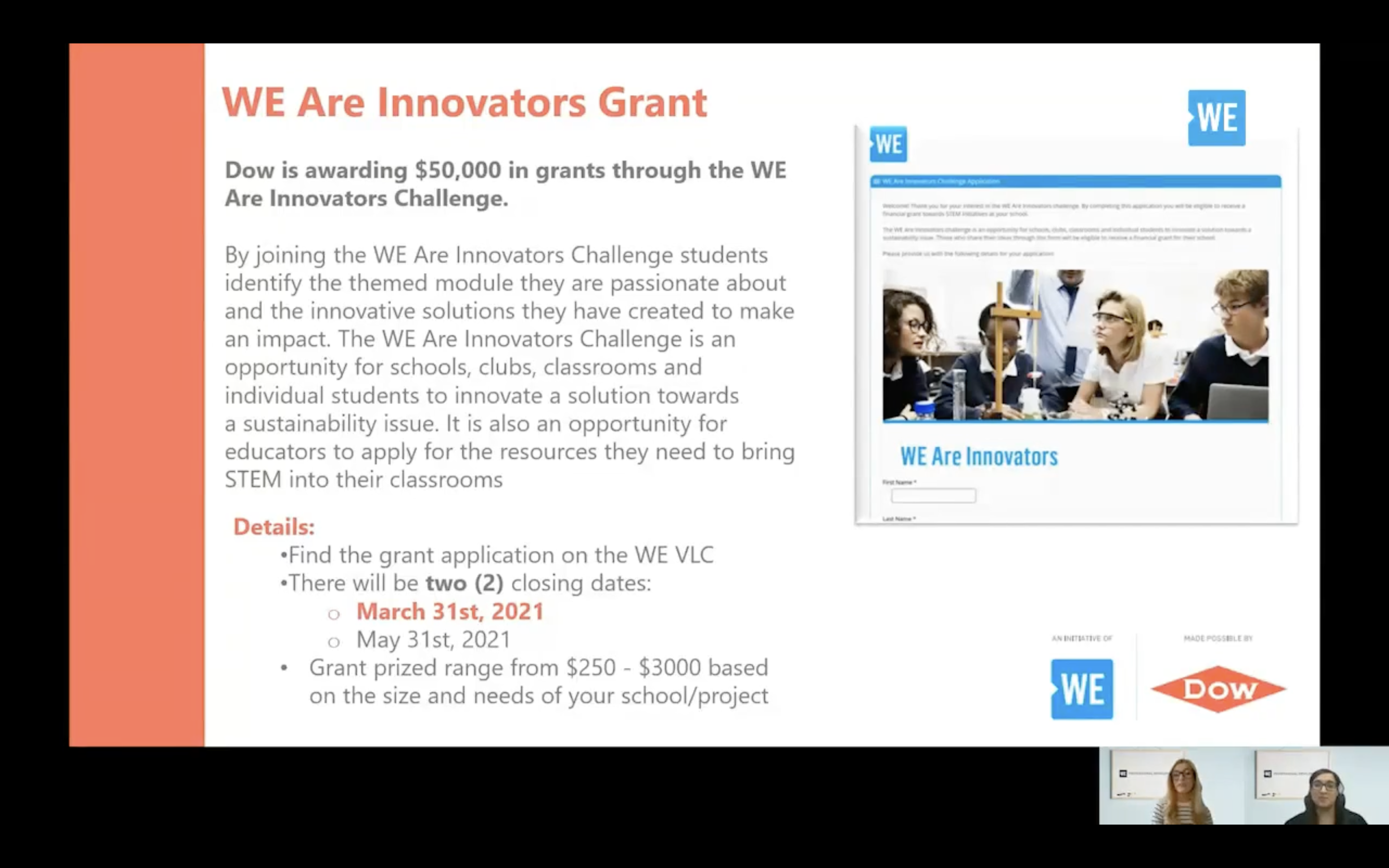
Here are the details of the video that I watched, though this grant was for 2021. They offer similar ones in different topics which will help to inspire students to want to make a difference.
WE Virtual Learning Center
Taking a look at WE Virtual Learning Center was a great experience to gauge the amount of resources there are available to educators. As teachers, learning is a never ending job and with the learning center that becomes a lot easier. I was able to navigate the website and come across a variety of different forms of resources, all that an educator could use to either further their knowledge on said subject, or as an introduction to a new topic they might want to present to their class in the near future.
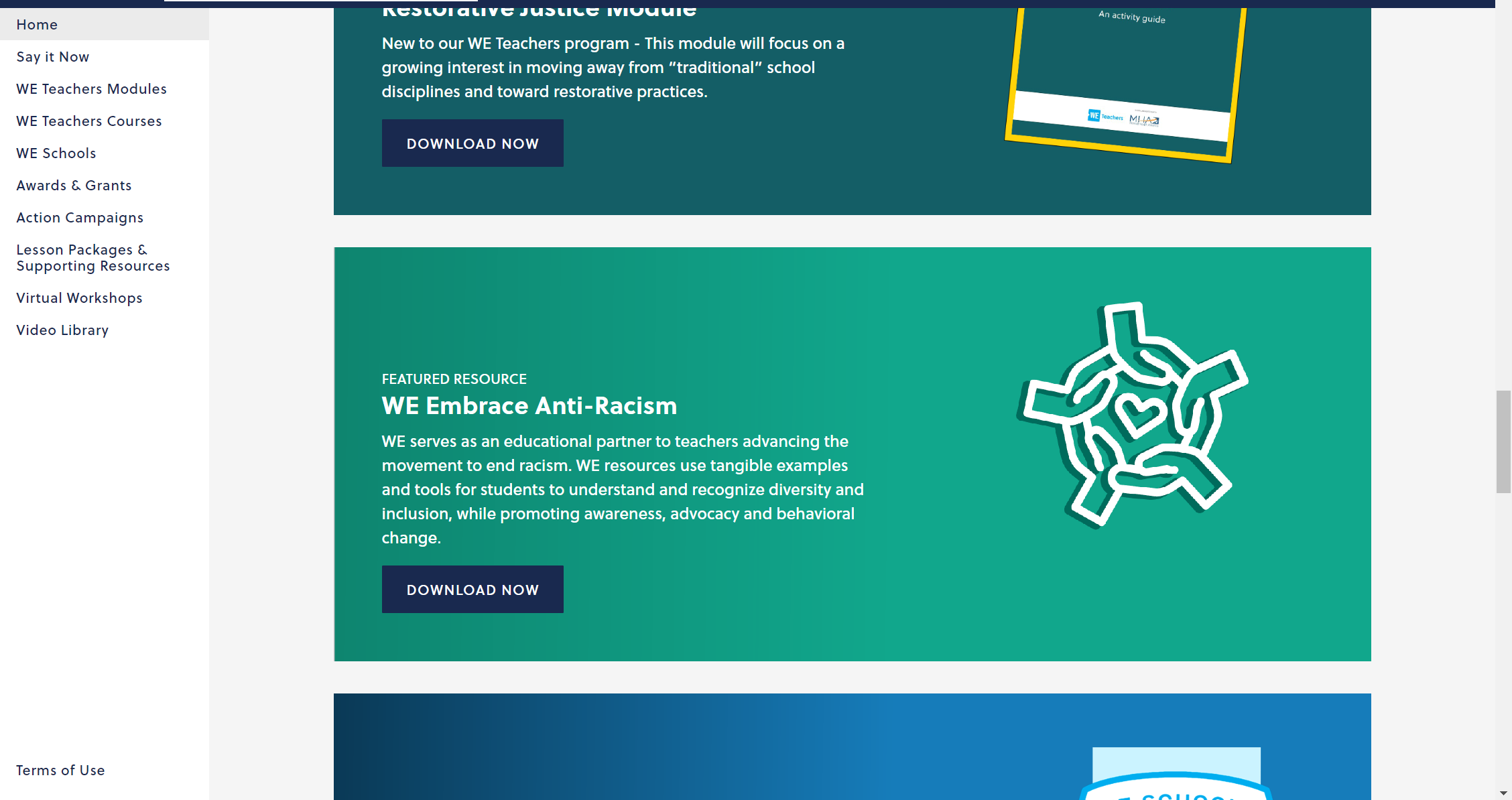
Resources
As soon as I began exploring, I was able to come across the home page “Featured Resources”, which I then took the time to look through and found one on Anti-Racism. I thought it was truly incredible to see such resources available to educators in order to ensure that there is always a safe and equal environment within the classroom setting for all students. I took a look at it and was excited to see the variety of different activities and resources available within. It was all easy to follow and understand, as well as engaging. It was definitely something that I would like to implement into my very own classroom.

Workshops
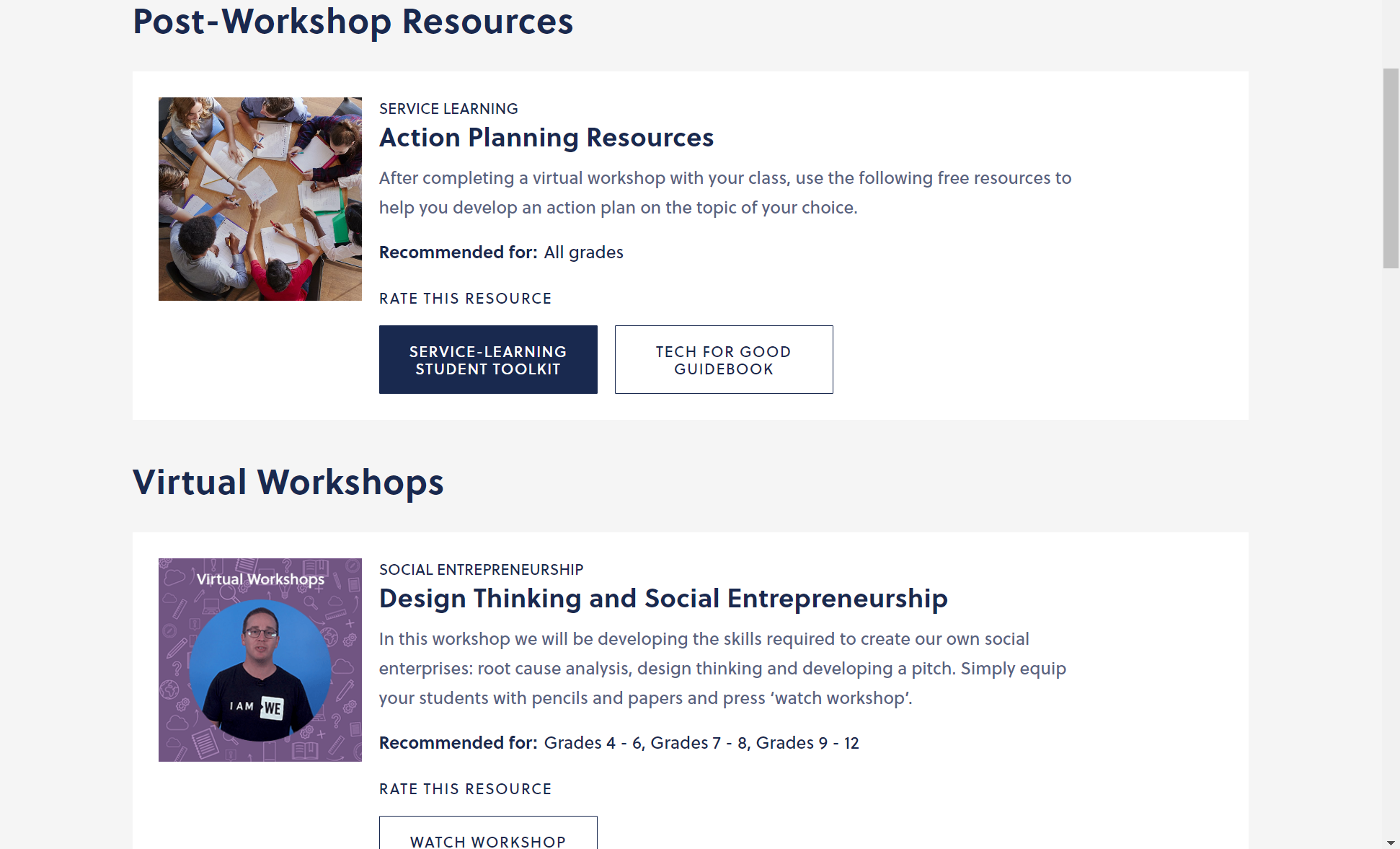
After doing some more exploring, I landed on the Workshop page and was pleasantly surprised with the plethora of workshops there are offered, and the fact that they are virtual makes it incredibly convenient. I was not expecting there to be as many resources as there is, but am beyond glad that there is. Using the workshops and other forms of information on the WE Virtual Learning Center is a tremendous way to improve as an educator and ensure the students are receiving a quality education via an informed instructor. Taking a look at this resource gave me the excitement to one day be able to implement things such as this into my classroom and have a list of materials that I can rely on to ensure I am doing the best job I can.
Global Collaboration Through YouTube 360 Videos
In today’s interconnected world, education has gone further than the traditional boundaries educators around the globe have been familiar with. With technology as a new tool in the classroom, teachers now have a variety of resources that enable them to connect with classrooms worldwide. Among these tools, YouTube 360 videos stand out as a powerful resource, offering an immersive and engaging way to collaborate globally.
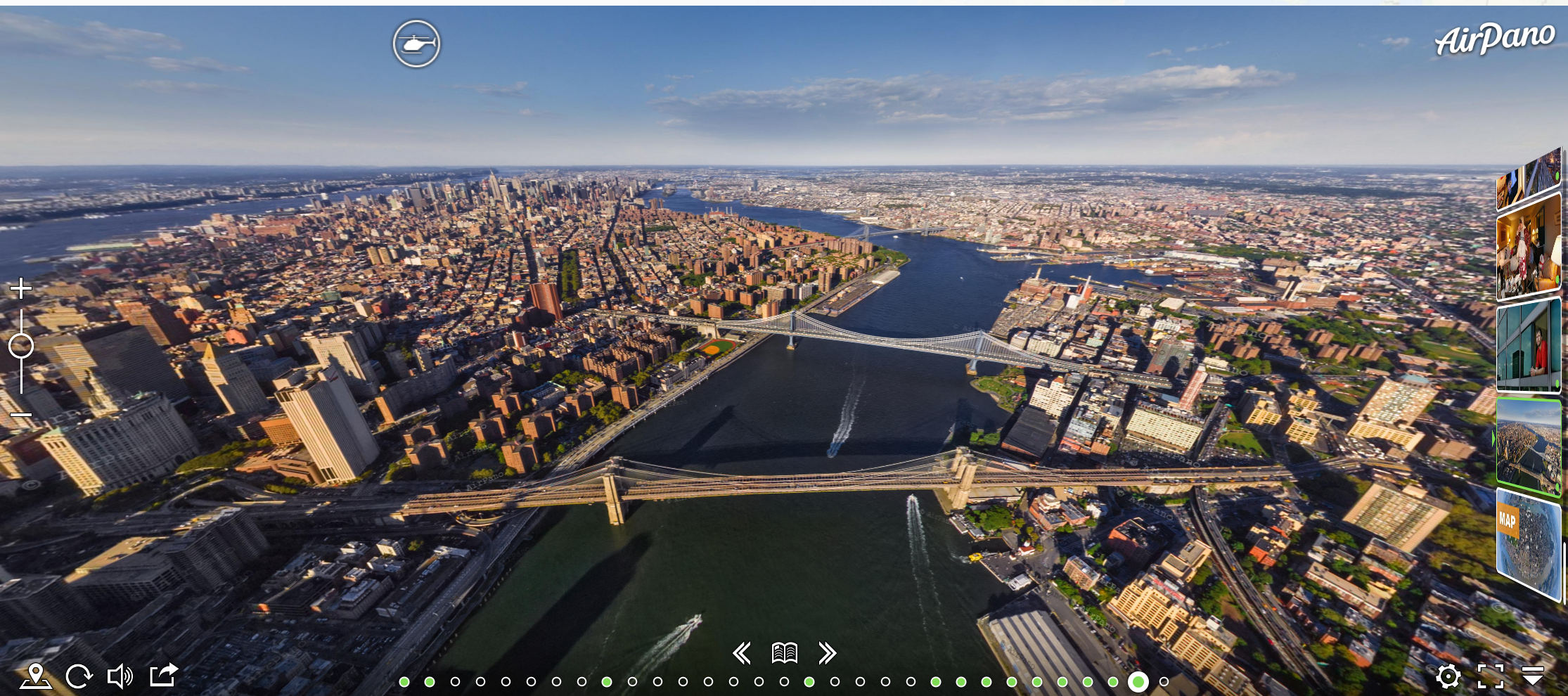
Why YouTube 360 Videos?
YouTube 360 videos allow for a truly unique experience within itself by allowing viewers to explore scenes in 360 degrees. How this differs from a traditional video comes down to the exploration aspect of it. Students are able to take a close look at different environments and settings as if they themselves were present. They are able to navigate through a variety of different experiences and puts it in the hands of the students rather than having a video students just watch. This engaging and immersive technology opens doors for educators to take their student on virtual journeys, exposing them to diverse cultures, environments, and experiences all around the globe regardless of how far away the experience is.
Global Collaboration in Education
Collaborating globally through YouTube 360 videos and other forms of virtual/augmented reality offers numerous benefits for educators and their classrooms:
Cultural Exchange:
By having students take a look at 360-degree videos from different regions, educators can expose their students to various cultures, traditions, and ways of life. The impact of these videos can be much greater than standard videos, as it immerses the student in a distinct culture from around the world. It enables the student to develop an understanding of global awareness and identify similarities and differences between cultures and regions. Here is an example of a YouTube 360 video of an experience students can share with others.
Creating Lessons with YouTube 360
In the classroom, YouTube 360 can be used for a lot more than just a navigational video, it can serve as an example for students about perhaps something that they would like the rest of the world to experience via VR. Students can utilize the tool and create their own video using different types of software paired with their cellphones or other devices. By doing so, they are also able to connect with other students across the world by understanding in a more immersive way in which the geography of where they’re from is, or the issues that are present in the communities of the students. Having the ability to do so opens the door for assignments that encourage students to help each other find solutions to similar problems they might have within their communities as well. YouTube 360 videos serve as a solid base to develop understanding and most importantly interest in various locations, cultures, regions, and more all across the globe.
Virtual Reality
By: Gianna Taylor
Successful Global Collaborations using ARVR in Education
Benefits and Improvements
By using Augmented and Virtual Reality, an educator can see an improvement in their classroom. This is because:
- Teamwork improves
- Want to learn improves
- Social Skills improve
- Excitement about class improves
- Safe environment
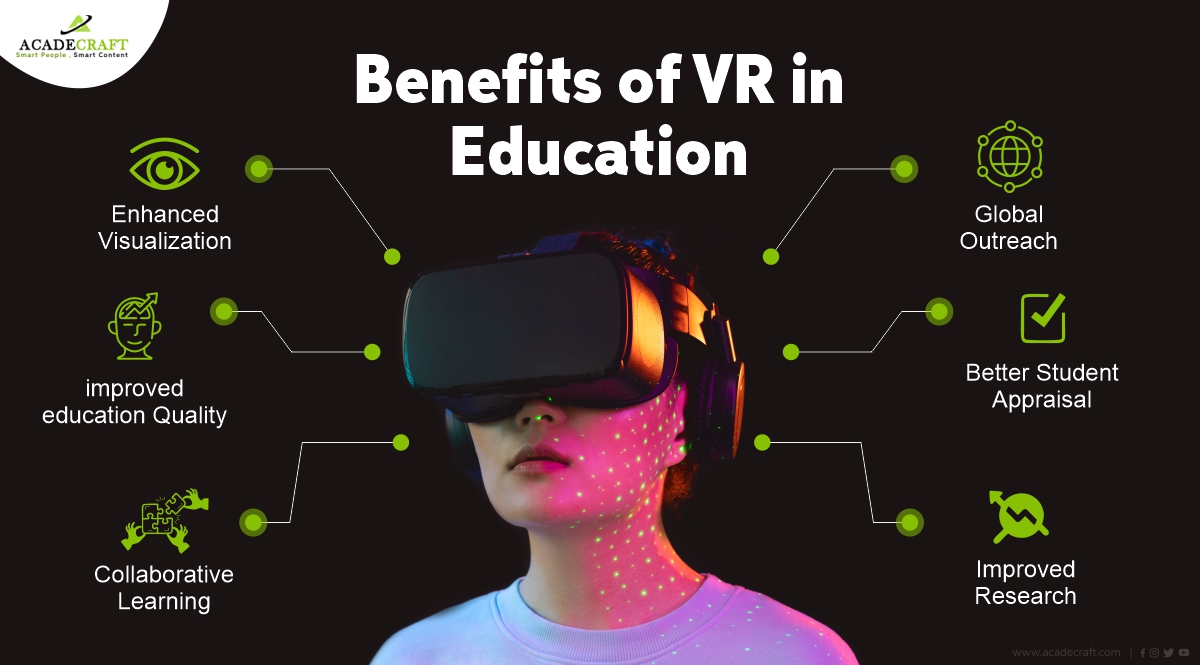
Using interactive VR in Education, learners can understand lessons better by understanding how things look in real life, and collaborating with others around the world. Using what they learned in class in New Jersey, could be different in a town in India, South Africa, or even California. But using virtual reality, a student can experience all these different things.
NearPod
Nearpod is an app that allows teachers to make presentations, and allow students to answer questions and reflect on the posted material.
- can create and share
- increases engagement
- effective feedback
- 22,000 pre-made lesson plans for teachers
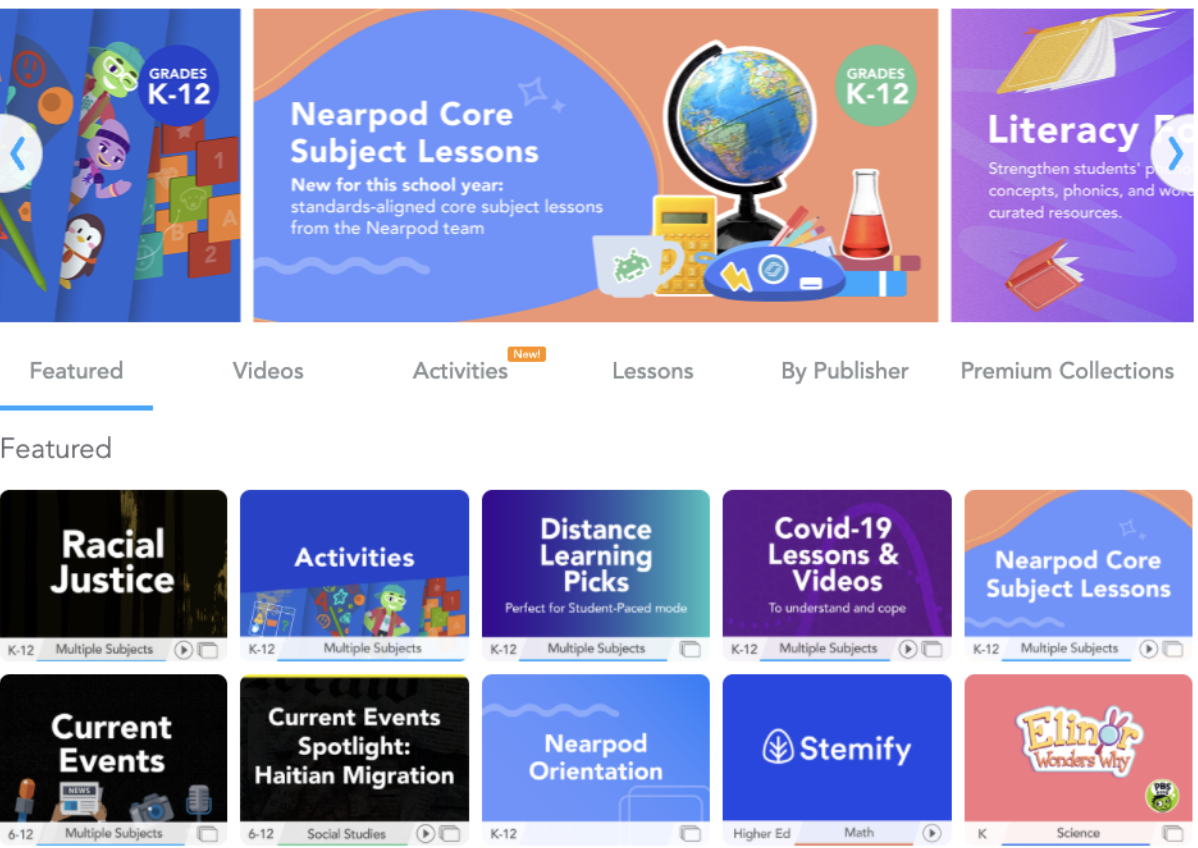
Allows students to interact and engage with the material, while receiving effective feedback. Teachers can plan their lessons accordingly around the world and collaborate with each other using VR and apps such as NearPod
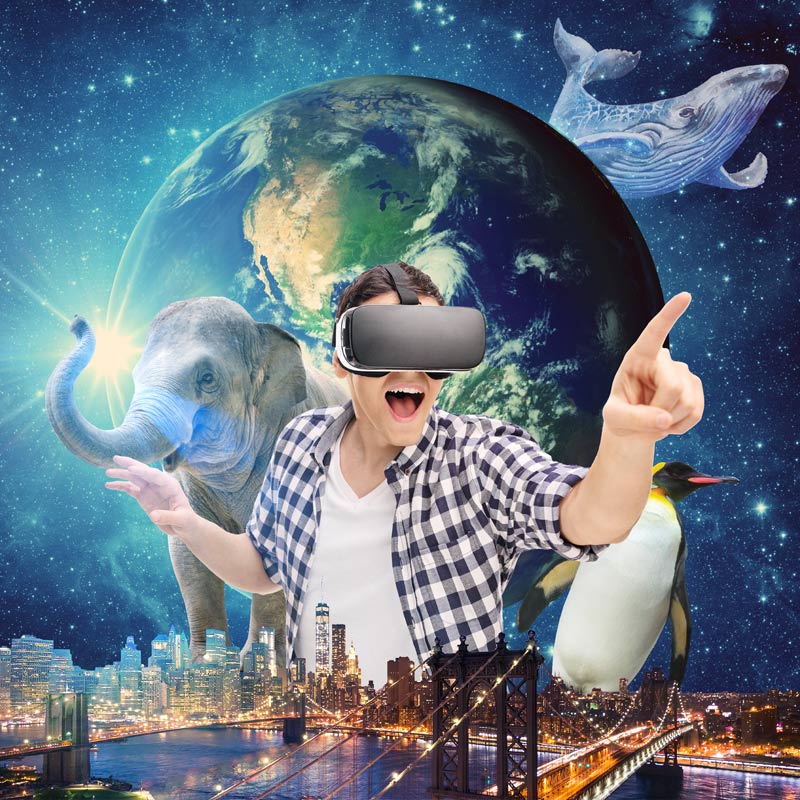
WE Teachers
By: Gianna Taylor
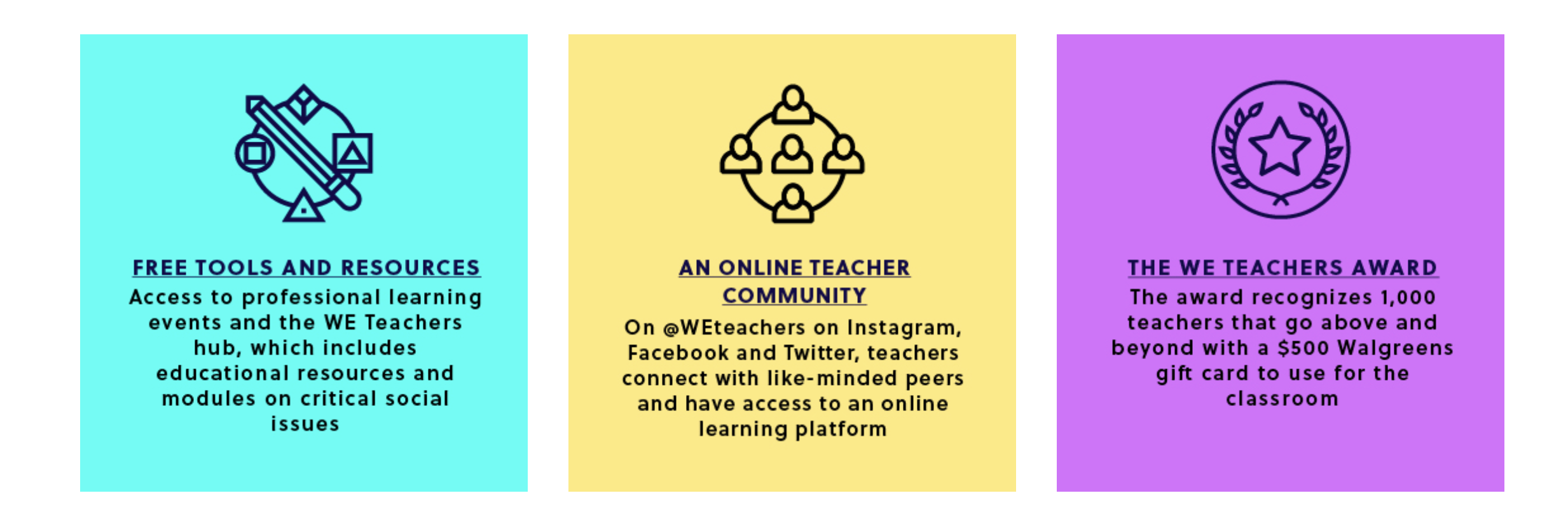
This website, allows a safe space for students, educators, and those who are looking to get involved with learning to experience and explore many different things. One important aspect of this community is what they offer for teachers.
Free Tools and Resources
Allowing teachers to join events which they can collaborate with other teachers and share ideas.
Modules Available to Teachers
- planning
- organization
- trauma practice
- making the classroom comfortable and fun
- mental health
- safety
- justice
Asynchronous Professional Development 2023-2024
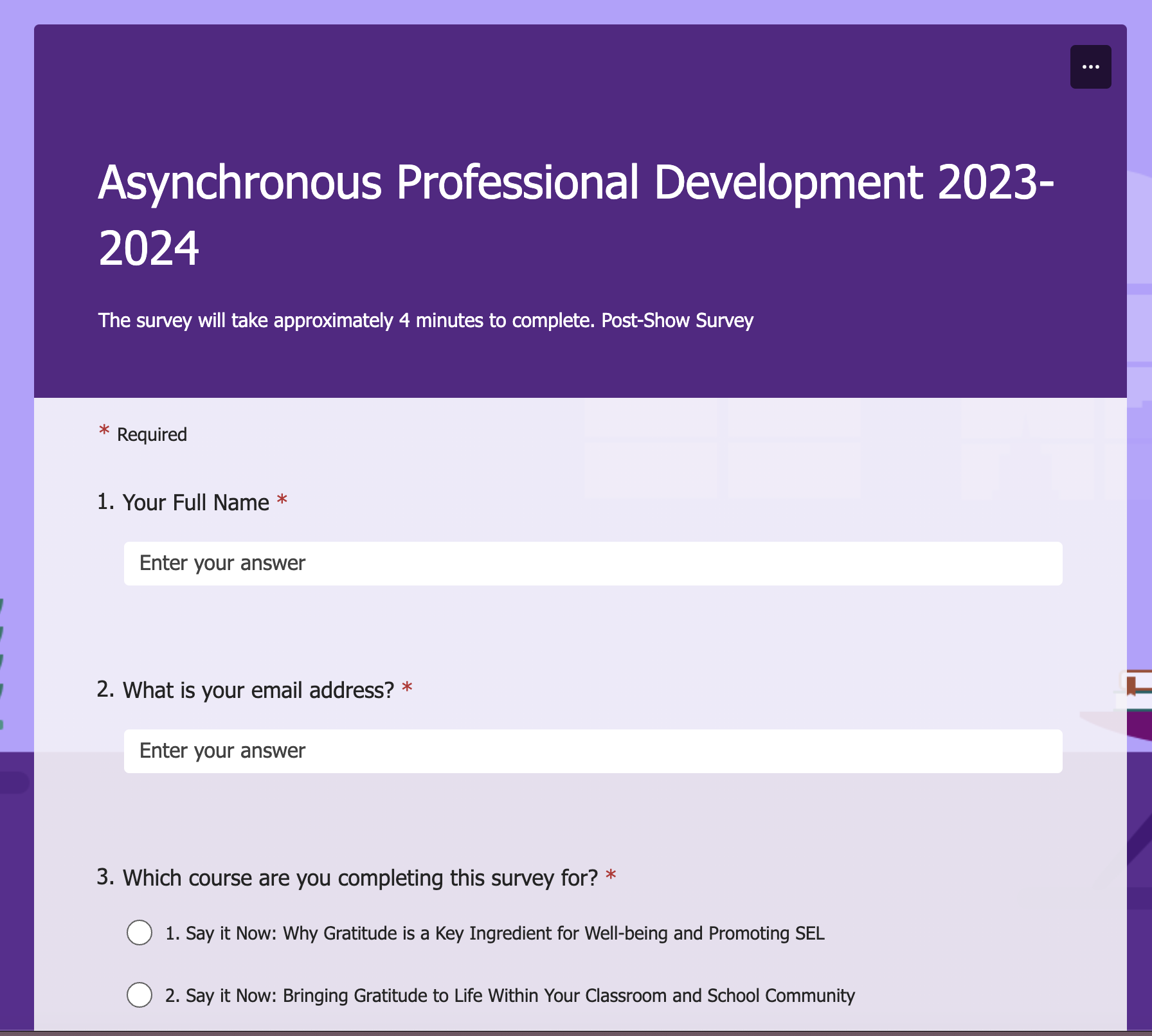
This site offers a free google form for educators that provides feedback on the modules and can help future teachers reflect and make change to help and inspire for the future.
Thank you
Gianna Taylor